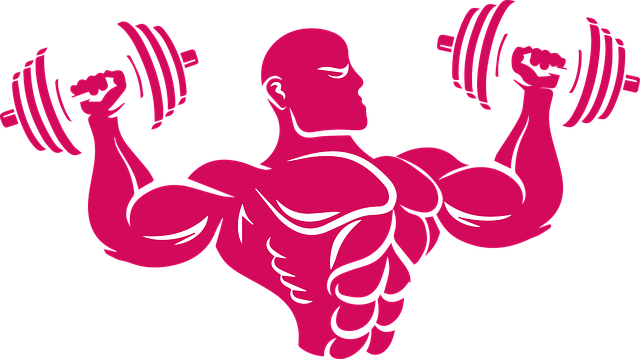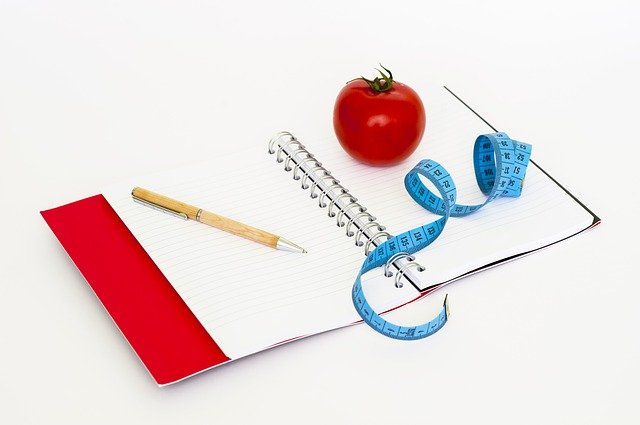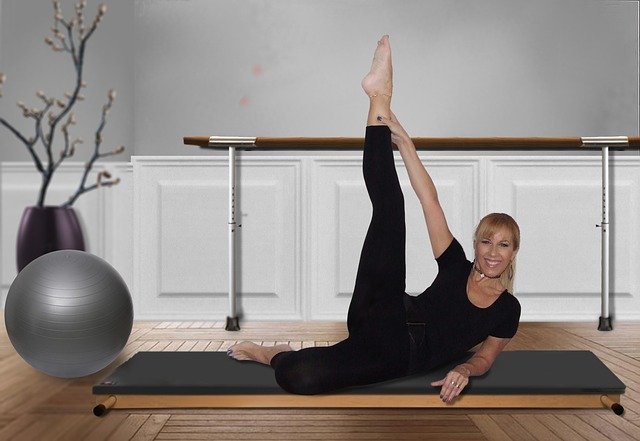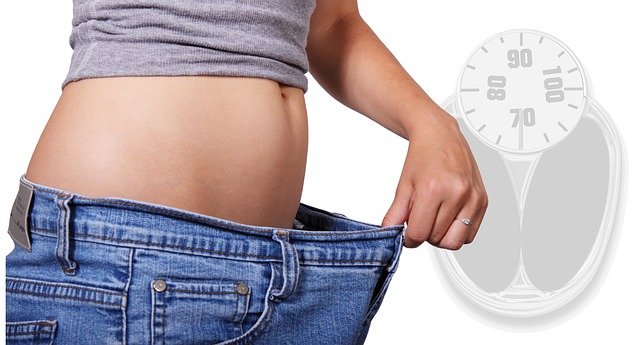How to Measure Body Fat With Calipers?
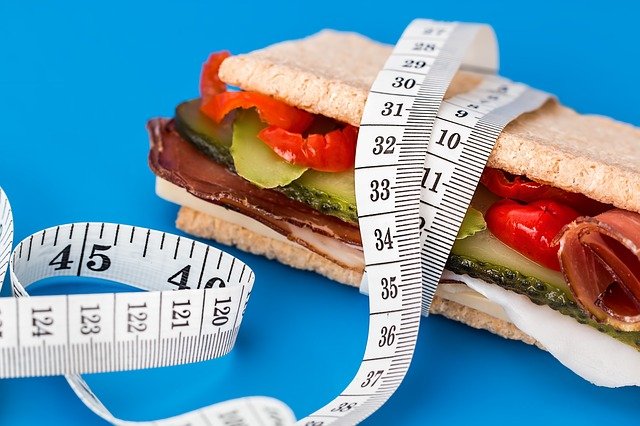
The true goal of any dieter is to lose fat mass and perhaps increase muscle mass, ultimately resulting in a leaner body. By tracking your body weight and body fat levels it allows you to better track your goals. In the case of those trying to gain weight, you don’t just want to gain mass, you want to be lean and toned.
How to Measure Body Fat With Calipers?
One of the best ways to determine the body’s fat content is with body fat calipers. My favorite caliper, made by Accu Measure, is just one of a host of similar devices designed to help determine the amount of fat within the body.
Fat calipers have replaced underwater weighing as the primary way to determine the body’s fat content. They work by measuring skin folds to determine the subcutaneous (beneath the skin) fat content of the body. The person using the caliper puts the measurement into an equation that predicts body density and fat content.
It’s important to remember that fat calipers do not determine the fat content of the body itself but rather provide a number that plugs into an equation to determine the fat content. As with any mathematical equation the possibility of “user error” exists.
However, the other methods of measuring fat content (body fat scales and hydrostatic or underwater weight measuring) are time consuming, budget restrictive and hard for a single person to accomplish.
Placing a pinch of folded skin between the points of a fat caliper and then using that information to extrapolate fat content is much quicker and easier.
Using body fat calipers to calculate body mass index or fat content may not be as simple as it seems, though. There are over 100 different mathematical equations that can be used depending on sex, age, ethnicity, fitness level and the overall amount of body fat a person has will determine which equation to use and the general consumer will have a virtually impossible time picking the best equation.
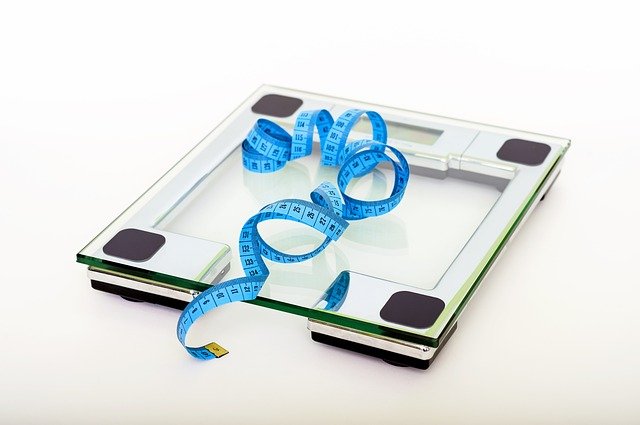
And, even using the best fat calipers on the market today, there is still a 4% margin of error. Fat calipers are best used not to determine the exact body fat content a person has but rather to help measure progress of a diet, exercise or supplement program.
The best way for you, the general consumer, to use body fat calipers is not to try to determine your exact body fat content and percentage but rather to use the measurements given by the calipers to measure progress. The numbers don’t tell the full story, although body fat calipers can be really useful when used as a comparison tool.
Most experts agree on the following steps for general consumer use of fat calipers:
1) Test yourself on at least four locations (belly, arm, leg and buttocks for example)
2) Use the EXACT SAME four locations every time you test, noting the measurements of each. Be specific – for example, location one may be one inch to the left of the naval. Location two may be on the back of the arm exactly half-way between the shoulder and the elbow. Many experts recommend using a marker on your body to note the testing sites.
3) Use high-quality calipers. This is definitely a case of “you get what you pay for”. Calipers can be found for as little as $10 but many of the cheaper versions lack the tension control of higher-end models and won’t stay accurate for very long. Remember – you’re in this for the long haul.
Although you don’t have to fork over the $500 for a professional set of calipers you can expect to spend about $100 on a decent fat caliper. A great place to find an expert to help you choose a reputable and accurate fat caliper is at a gym, health club, dietary supplement store or even your doctor’s office.
Once you have an idea of which caliper is right for you look for it online to find the best price (one word of caution – it is best to avoid buying “used” calipers from sites such as eBay because there may be no way to determine their accuracy). Small errors in accuracy can translate into big errors in calculation results.
It’s important to remember that measuring your body fat percentage is just ONE of the components of a successful weight loss campaign. Other factors include increased muscle mass (which would lessen overall weight loss as measured by your bathroom scale), blood pressure and the cholesterol contents of your blood.
